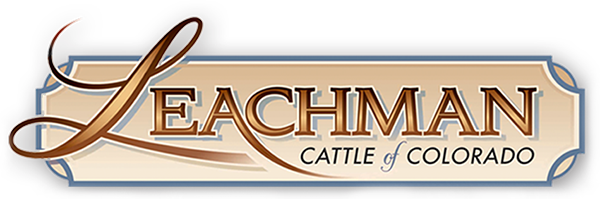Maternal Influences on the Calf Microbiome
MITCHELL, Neb. (Nov. 20, 2019) — The ability to digest low-quality, high-fiber forages is the ruminant animal’s claim to fame. But ruminants, including cattle, owe this ability to the rumen microbiome. According to University of Wyoming Animal Scientist Hannah Cunningham-Hollinger, the rumen microbiome consists of the microbial community — bacteria, protozoa and fungi — that feed on feedstuffs ingested by a cowbrute and, by fermentation, produce high-quality end products utilized by the animal.
 |
Studies also show that the microbiomes of very efficient animals are different than for less-efficient animals when feed efficiency is measured on the basis of residual feed intake (RFI), said University of Wyoming Animal Scientist Hannah Cunningham-Hollinger.[Photo by Troy Smith] |
Speaking at the 26th Range Beef Cow Symposium hosted Nov. 18-20 in Mitchell, Neb., Cunningham-Hollinger said inquiring minds want to know if management interventions aimed at influencing development of the rumen microbiome could significantly affect cattle health and performance. She explained that the rumen of a newborn calf is essentially nonfunctional until colonization by microbes begins just minutes after birth. Studies of how colonization occurs have led to an interesting question.
“We’re wondering what we can do to influence colonization. Can we program the microbiome in such a way to help the host (ruminant animal)?” said Cunningham-Hollinger, explaining that the early microbiome’s balance of different kinds of microbes sets up fermentation patterns and influences immune system development.
Cunningham-Hollinger’s studies are focused on maternal influences on the calf microbiome, such as licking by the cow, suckling and consumption of colostrum, but also influences occurring during gestation and the delivery process. Evidence suggests dam nutrition during late gestation has an effect on the eventual colonization of her calf’s rumen, as does exposure to microbes present in the birth canal.
Research also suggests maternal breed effects. Studies revealed differences in the composition of microbiomes of calves representing different breeds. Differences in the amounts of various microbes present were detected within the first four weeks of life and differences became more pronounced as calves matured.
Studies also show that the microbiomes of very efficient animals are different than for less-efficient animals when feed efficiency is measured on the basis of residual feed intake (RFI). This supports evidence that the microbiome is related to feed efficiency, and the potential for manipulation of the microbiome to influence feed efficiency.
Cunningham-Hollinger said researchers do not yet know enough about how colonization of the calf microbiome occurs, but preliminary results suggest that some of what’s in the calf results from what’s in the cow. Thus, early management interventions targeting the dam may have lifelong effects on her calf.
“If we can influence the calf through the cow, we might then influence her calf’s feed efficiency and health,” concluded Cunningham-Hollinger.
Listen to Cunningham-Hollinger’s presentation, view her PowerPoint and read the proceedings to her presentation in the Newsroom at www.rangebeefcow.com.
Editor’s Note: This summary was written under contract or by staff of the Angus Media, which retains the copyright. To request to reprint this article, contact Shauna Rose Hermel, editor, at 816-383-5270. PowerPoints are posted with permission of the presenter and may not be reproduced in whole or in part without the express permission of the presenter. Angus Media claims copyright to this website as presented. We welcome educational venues and cattlemen to link to this site as a service to their audience.
Angus Media's coverage of the event is made possible through collaboration with the event committee and via sponsorship of Leachman Cattle of Colorado. For questions about this site, or to notify us of broken links, click here. Look for additional coverage in the Angus Journal, the Angus Beef Bulletin, the Angus Journal Daily, and the Angus Beef Bulletin EXTRA.



